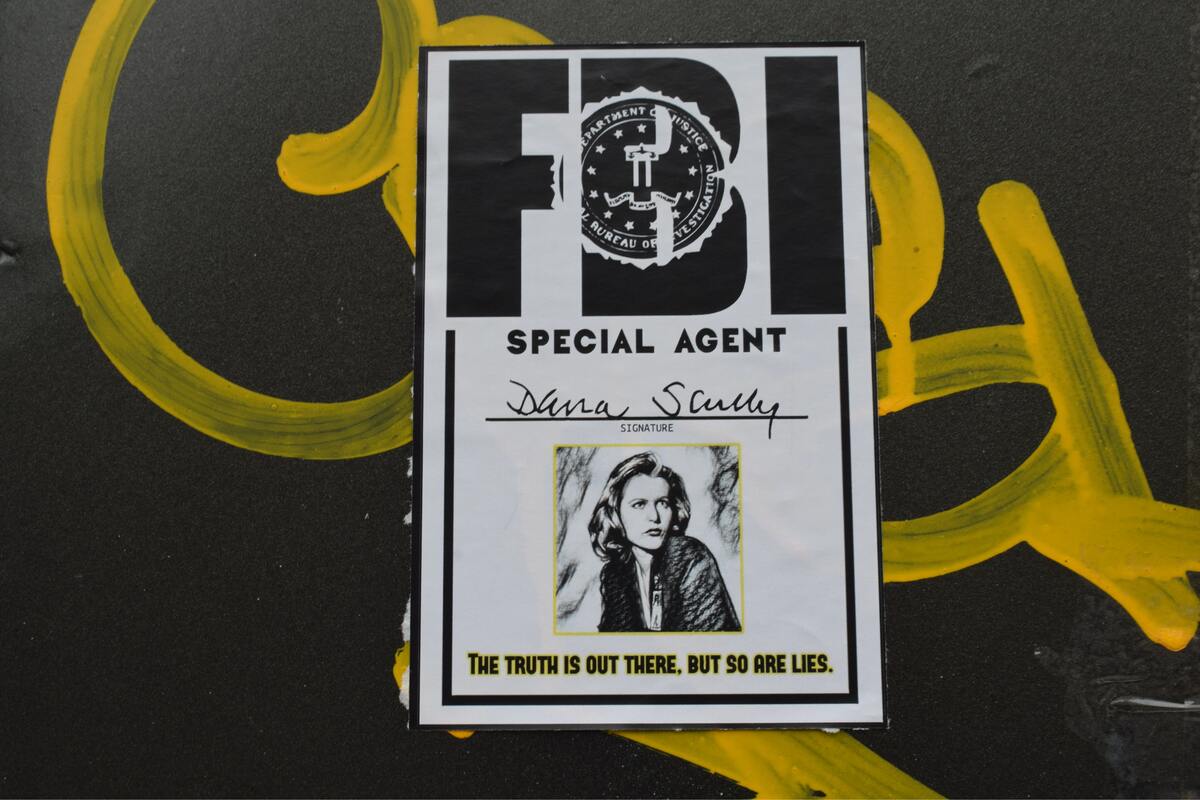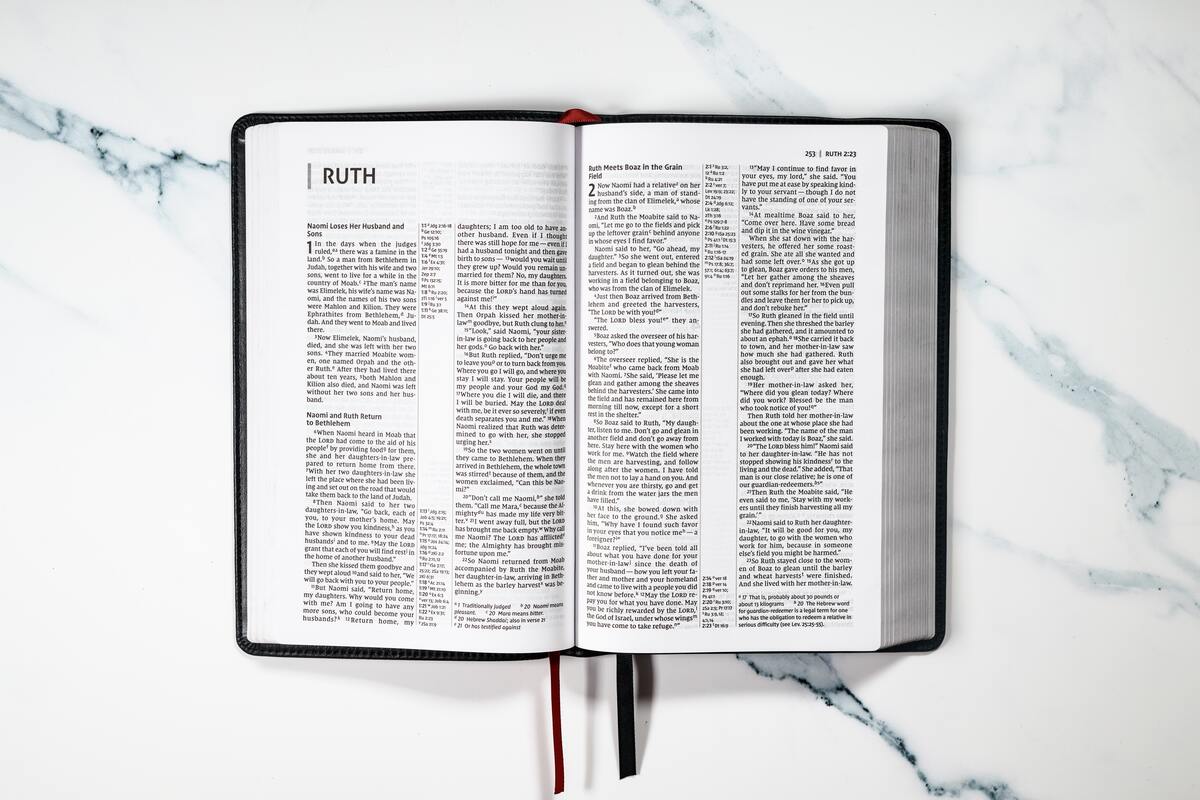Show Bible: What Is It & Why Do You Need It?
Hire film gear from local filmmakers.

Hire film gear from local filmmakers.
When you are trying to sell a new tv-series to a studio, they will not give you funds based on a quick pitch. That's why you need to make a show bible, to give them an idea of what your show is all about!
A show bible allows you to cram all of the information you have about your characters, setting, tone, genre, story, and so on into one document.
If you're planning on making a show bible, check out our FREE show bible template.
If you are in the film industry, you probably need many different documents. We have gathered all of our FREE film production templates here.
What is a show bible?
Despite the name, a show bible is not a big religious book. It is a document where you note down everything about the show.
You use the show bible to pitch the series to studios, so they see what the show is all about. It is also a great point of reference for further development of the show. It contains the foundation of the story you are telling.
Why should you make a show bible?
Once you have a show-ready, the best way to tell your story is with a show bible. It makes it easier for studios to understand the show. Writing it also helps you cover all the bases needed.
Selling your show should be reason enough to make a show bible. Scriptwriters rely on studios to pick up projects, and there is no better way to sell your show than through a show bible. And who knows, maybe the studios love your presentation but dislike parts of the content. At least you have a starting point where you can make changes.

How does a show bible work?
When creating your show bible, consider the tone of writing it to match your story. An example is Dark Skies, a show about a top-secret facility. Its show bible reads like a top-secret government document, and it is a great way to sell an idea.
You should include the following content in your show bible.
Show Bible Content:
Title & Author:
Start by mentioning the proposed title of the show. Make sure you make it memorable, and if you have several words, make sure that the abbreviation is appropriate. You don't want people to write slurs when they talk about your show.
You also name the author of the show. You can list them one by one if more than one author is involved. That way, it's easier to distinguish between the names.
Logline:
The logline is the line of words that sell your show. It should be short, clear, and powerful. It should be around 25-30 words explaining the protagonist(s), the motivation of the protagonist(s), and the overall storyline.
It is a challenge to do that in so few words, but that's what makes a great writer. But try to imagine being a viewer scrolling through a streaming service, and consider what description would motivate them to watch your show. You can learn more about writing the perfect logline here.
Introduction:
For this section, focus on yourself rather than the actual show. Here you write a short, concise introduction about your reasons for writing the story and what inspired you. It shows the studio if you are worth investing in and have the vision to take the show further than the pilot.
Themes:
It is also important to note what themes occur in the show. Themes draw viewers to a show and make the show unique. It is what drives our characters and the story, and having a foundation of themes helps when writing future episodes.
It is also vital to state what core themes occur in the show and indicate how they work together. You can't have completely different themes that exist by themselves. They have to interact and intertwine and bounce off of each other. You can also note any themes you would like to introduce in a future season.
Structure:
In this section, you outline how the episodes will be structured. You can write whether the story is chronological or if there are flashbacks. You can also note any specific stylistic choices, like black-and-white, colors, or music that help drive the story or characters.
Examples of structure could be an unreliable narrator like in Mr. Robot or noting the use of "Monster of The Week" episodes like in X-Files, where some occur in a vacuum, more or less unattached to the main story.
Writing the structure provides an understanding of how you tell the story throughout the show, and it is easier for your readers to envision it.

Tone:
The tone is what binds the structure and themes together. There needs to be a set tone that the core storyline is following. There are plenty of mixes of genres and tone, as seen with Dramedy shows like M*A*S*H, Atlanta, and Ted Lasso.
However, a show typically has a specific tone that occasionally mixes with others. Going back to X-Files, it's a show about the FBI and paranormal investigation. Its main storyline is a tale about government conspiracies, and it gets heavy. However, it also mixes suspenseful horror and comedy regularly. That's what drives the iconic relationship between Fox Mulder and Dana Scully.
Setting:
In this section, you note down the actual setting of the show. Note down the things that make the atmosphere of your show.
The world is a great driver of the story, as it is where your characters live their lives. Your characters can be affected by the setting and vice versa. You should make sure to describe it as concisely as possible.
Taking Breaking Bad as an example, it's a southern state in the USA, in a middle-class family. The setting sets up the character's evident economic downfall of a family hit by cancer with no health insurance. It also allows them to introduce drugs and cartels into the story.
Characters:
In this section, you note down everything about the characters that reside in your story. You should note the main and supporting characters that make the core team. Write a description in 3-5 lines for each character to give a concise idea of who they are.
It is vital for understanding how the characters play into each other and why a character is needed. It is also great for imagining the story better, and it allows the studios to consider any possible actors that could be attached.

Story:
In this section, write a one-page summary of the first season's story. You have to break down the first season with all the main events. You also have to write where your characters and story begin and end.
You do not need to write it chronologically. You can do it like Dirk Gently's show bible and put some humor in it. It outlines whether the conflicts can last for an entire season and how the story unfolds. It also tells the reader how each character and the setting fits in.
Episodes:
Here you write a summary of each episode in the season. You should, for a minimum, explain the beginning, middle, and ending of each episode. You could also add each theme/sub-theme that appears.
Be sure that your summaries match the tone of voice of your storytelling. If it is a comedy show, make a funny summary!
Where do we go from here?
A great way to sell your show is to prove a long-term plan. You can do that by noting down the general plot points of future seasons. Imagine what would happen with your character in seasons 2 and 3. Also, note what year it is in and any new characters to introduce.
The more information you can give, the more the studio will know if you can keep it going. Remember, the show must go on!
Closing thoughts
I hope this article helped you understand the importance of having a show bible.
If you want to learn more about filmmaking in general, check out our article covering the filmmaking basics.
Show bible FAQ
What is a show bible?
A show bible is an outline of your show, that gives the full idea of what it is about. It is a tool used to pitch your show to studios.
How long is a show bible?
You typically want to hit around 5 to 15 pages it depends on the concept of the show and the visual character your show bible takes. Be efficient, concise, and clear.
How do you make a show bible?
To create a show bible, you should include the following: Title and Author, Logline, Introduction, Themes, Structure, Tone, Setting, Characters, Story, Episodes, and Future Plans.






















